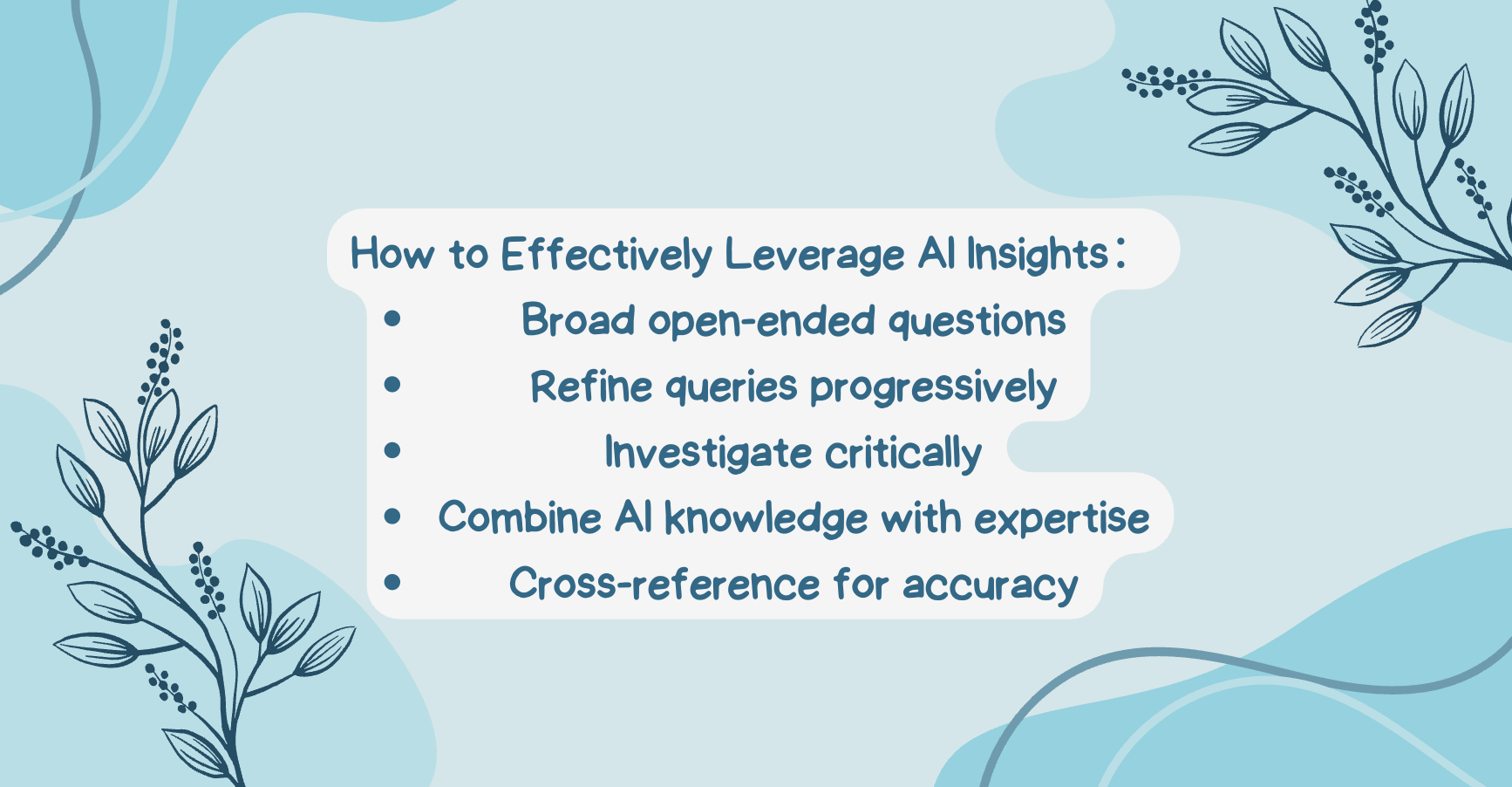
The Chaos of Unstructured Information
Identifying Information Overload

In today's digital age, we're bombarded with an endless stream of data, making it increasingly challenging to process and retain valuable information. As a researcher or student, you've likely experienced the overwhelming feeling of drowning in a sea of academic papers, reports, and datasets. The signs of information overload are all too familiar:
Difficulty concentrating
Decision paralysis
Constant sense of falling behind
Feeling overwhelmed by the sheer volume of data
Struggling to extract meaningful insights
This cognitive burden not only hampers our ability to extract meaningful insights but also significantly impacts our overall productivity and well-being. It's crucial to recognize these warning signs early and take proactive steps to manage the deluge of information effectively.
Common Pitfalls in Information Management
When it comes to managing vast amounts of information, many of us fall into common traps that exacerbate the problem. Disorganized note-taking methods are a prime culprit, often leading to crucial information slipping through the cracks or wasting valuable time searching for elusive data. Ineffective document storage and retrieval systems can turn simple tasks into time-consuming ordeals. These inefficiencies not only waste time but also fragment our understanding of complex topics, hindering our ability to draw meaningful connections and insights from the wealth of information at our fingertips.
Embracing AI-Powered Information Structuring

The Role of AI in Organizing Complex Data
Artificial Intelligence has revolutionized the way we process and organize complex data, offering a powerful solution to the challenges of information overload. AI algorithms excel at rapidly analyzing vast amounts of text, identifying key concepts, and categorizing information in ways that would be impossibly time-consuming for humans. These algorithms can detect patterns, extract relevant details, and even understand context, allowing for a more nuanced organization of knowledge. For researchers and students, this means spending less time on manual sorting and more time on critical thinking and analysis.
Ponder's Approach to Information Structure
Ponder stands at the forefront of AI-powered knowledge management, offering a revolutionary approach to organizing and understanding complex information. At its core, Ponder transforms static PDFs into dynamic, interactive knowledge maps, providing a visual representation of key concepts and their relationships. This innovative system leverages advanced AI algorithms trained on over 200 million academic papers to ensure accurate and authoritative insights.
Feature | Description | Benefit |
|---|---|---|
One-click PDF upload | Instantly converts papers into structured knowledge maps | Saves time and provides immediate visual overview |
Multi-document comparison | Analyzes multiple sources to identify similarities and differences | Facilitates comprehensive understanding and synthesis of information |
Integrated workflow | Combines search, reading, note-taking, and questioning in one platform | Streamlines research process and enhances productivity |
Flexible knowledge organization | AI-assisted mind mapping on a digital canvas | Allows for customized, intuitive organization of complex ideas |
Step-by-Step Guide to Streamlining Your Information
Uploading and Initial Analysis
The journey to organized information begins with uploading your documents to Ponder. The platform's one-click PDF upload feature makes this process seamless and efficient. Within moments, the system processes your documents, extracting key concepts, identifying relationships, and generating a comprehensive knowledge map. This initial analysis provides a visual representation of the information contained within your documents, offering an immediate overview of the main ideas and their interconnections.
Creating Connections and Comparisons
Once your documents are uploaded and initially analyzed, the real power of Ponder's information structuring capabilities comes to the fore. The platform's multi-document comparison tools allow you to juxtapose different sources, highlighting similarities, differences, and potential areas of contradiction or corroboration. This feature is particularly useful when dealing with a large body of literature on a specific topic. By visually mapping out how different authors approach similar concepts, you can quickly identify consensus views, conflicting opinions, and emerging trends in your field of study.
Optimizing Your Research Workflow
Integrating Search, Reading, and Note-Taking
Ponder's integrated workflow features represent a significant leap forward in research efficiency. By combining search, reading, and note-taking functionalities within a single platform, the system eliminates the need to constantly switch between different tools and applications. This seamless integration allows for a more fluid and intuitive research process. The benefits of this integrated approach include maintaining focus and momentum during intensive research sessions, capturing thoughts and making connections without breaking workflow, facilitating more effective information processing and retention, and enhancing cognitive flow to maximize productivity.
Customizing Your Knowledge Organization
One of the most powerful aspects of Ponder is its flexibility in knowledge organization. The AI-assisted mind mapping feature on the digital canvas allows you to tailor your information structure to your unique thought processes and research needs. You can easily drag and drop concepts, create custom categories, and define your own relationships between ideas. This flexibility is crucial for accommodating the often non-linear nature of research and learning. By creating your own organizational structure, you're not just arranging information; you're actively shaping your understanding and developing a unique perspective on your research area.
Maximizing Learning with Progressive Information Flow
From Framework to Deep Exploration
Ponder's progressive learning flow is designed to guide you from building a solid conceptual framework to diving deep into specific areas of interest. This structured approach ensures that you develop a comprehensive understanding of your research topic while allowing for focused exploration of particular aspects. Start by using the AI-generated knowledge maps to construct an overarching framework of your subject area. As you become more familiar with this broader landscape, you can begin to zoom in on specific areas that warrant deeper investigation.
Leveraging AI for Authoritative Insights
Ponder's AI, trained on over 200 million academic papers, serves as a powerful ally in your quest for knowledge. This vast training dataset ensures that the AI can provide accurate, research-based responses to your queries, offering insights that are both comprehensive and authoritative. To make the most of this feature:
Start with broad, open-ended questions to gauge the AI's understanding of your topic
Progressively refine your queries to explore specific aspects in more detail
Use the AI's insights as a starting point for further investigation and critical thinking
Combine the AI's vast knowledge with your own expertise and judgment
Cross-reference important information for accuracy
Remember to maintain a healthy skepticism, using the AI's suggestions as a complement to, rather than a replacement for, your own analytical skills. By following these steps and leveraging Ponder's powerful features, you can transform chaotic information into structured, actionable knowledge, enhancing your research productivity and deepening your understanding of complex topics.
